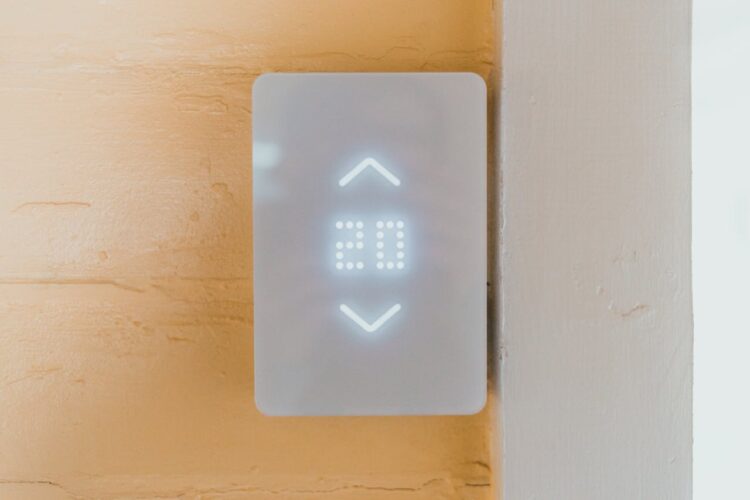Asia's rapid urbanisation and embrace of IoT are transforming buildings into intelligent ecosystems. However, this connectivity introduces significant cybersecurity vulnerabilities that business, operations, and IoT leaders must address.
As Asia gears up to host over 14 billion IoT devices by 2025, these vulnerabilities must be addressed now, not later.
The GEAR by Kajima's smart building initiative in Singapore, in partnership with NTT DATA, exemplifies this transformation. By leveraging over 8,700 data points from 2,000+ sensors, the building optimises operations, enhances sustainability, and improves occupant experience.
The integration of diverse technologies also expands the attack surface, making robust cybersecurity essential. NTT DATA embedded cybersecurity across all systems, securing IoT devices and data flows to protect the smart building ecosystem.
This proactive approach is crucial, given the rising number of cyberattacks targeting IoT devices in the APAC region. A misconfigured IoT database exposed 2.7 billion records, including Wi-Fi credentials and device IDs. Research indicates that 57% of IoT devices are highly vulnerable due to outdated operating systems or a lack of encryption.
"This collaboration shows NTT DATA's commitment to delivering infrastructure that drives innovation. The GEAR building is now a scalable, flexible environment for current and future needs," said Png Kim-Meng, Chief Executive Officer, Singapore, NTT DATA.
Business and operations leaders must prioritise cybersecurity by adopting secure-by-design principles, investing in cybersecurity talent, and fostering collaboration between public and private sectors. They should also implement robust data protection measures and regularly update IoT device firmware.
As Teong Eng Guan, regional director of Southeast Asia & Korea at Check Point Software Technologies, notes: “To ensure that smart city advancements remain secure, a comprehensive cyber security approach is essential"



